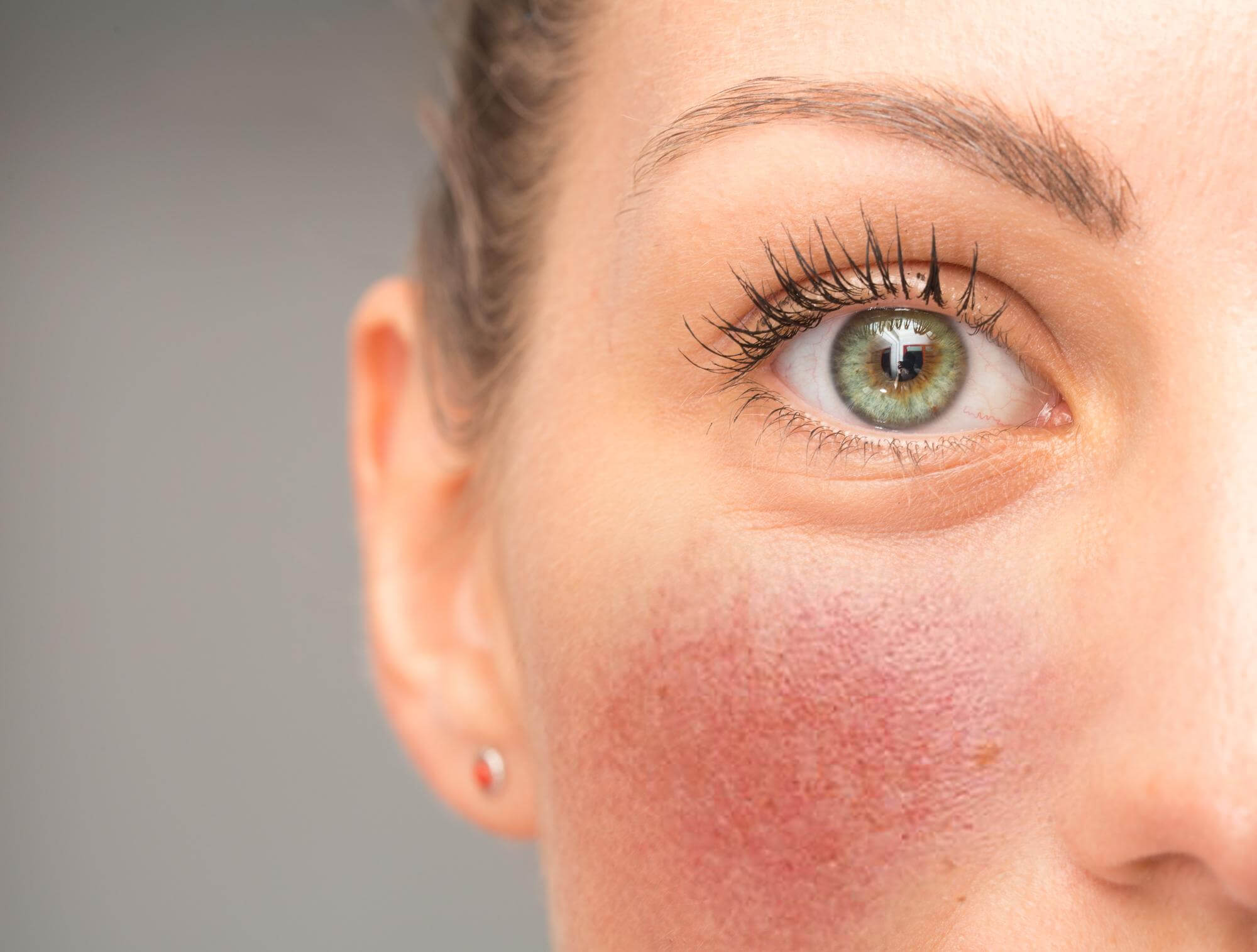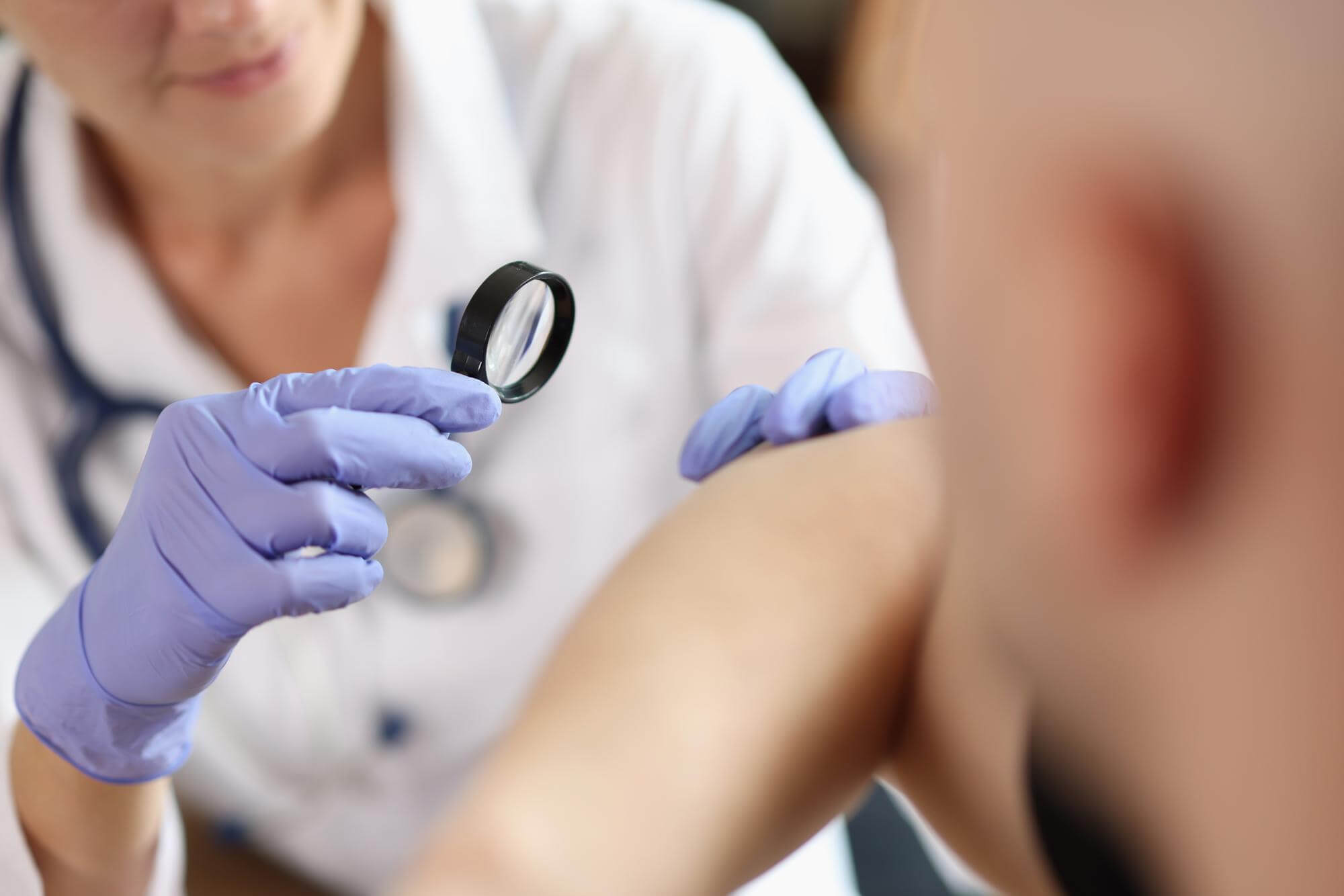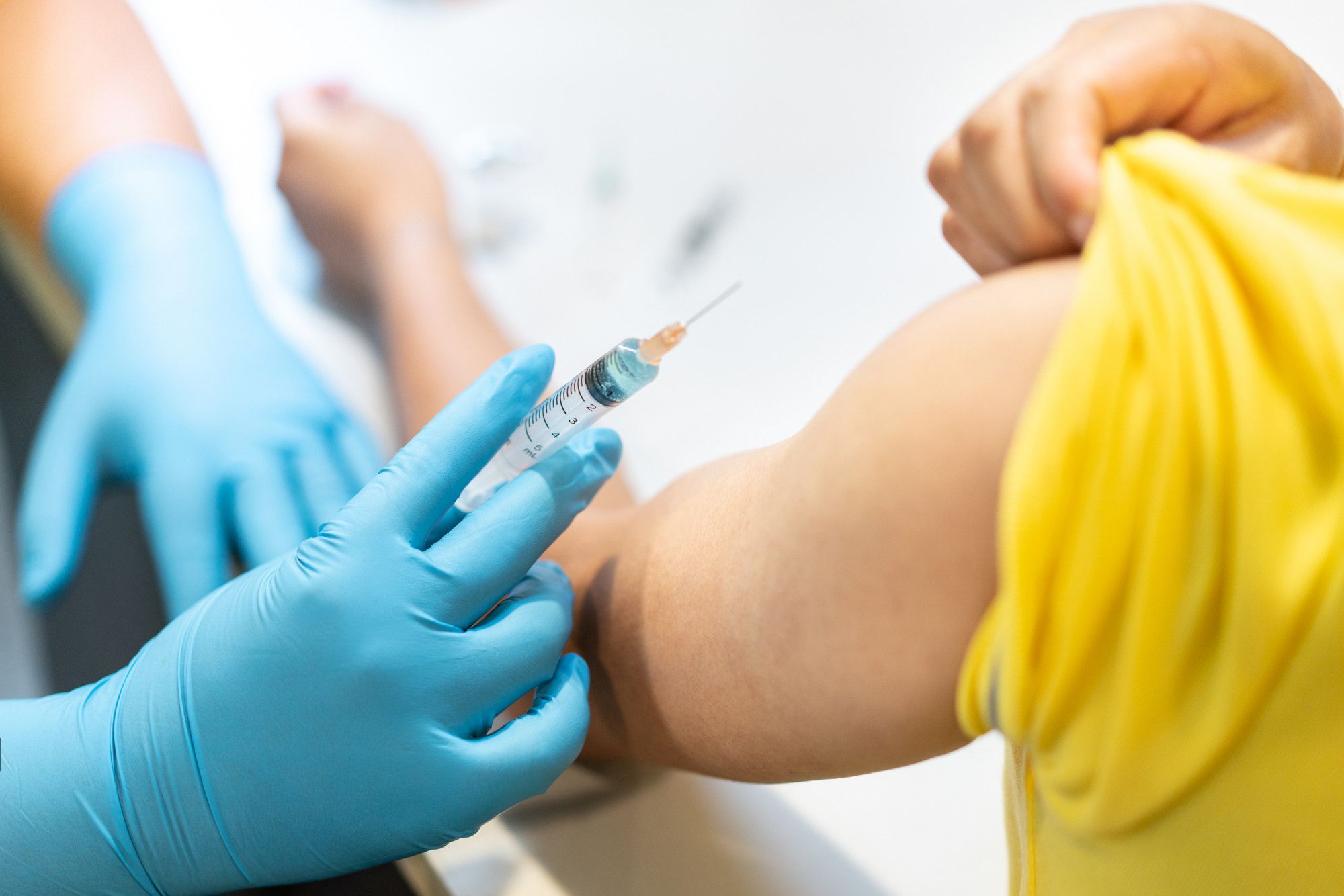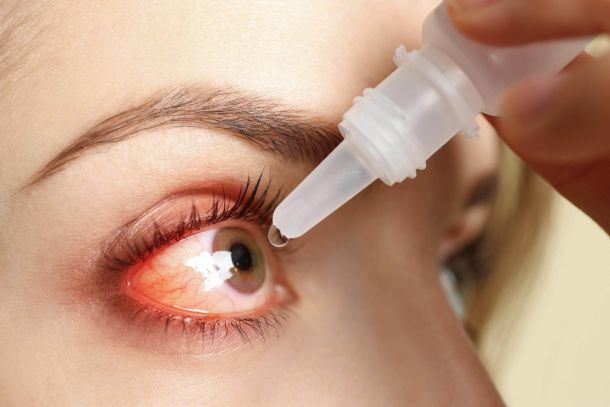Allergic vasculitis: what is it and how to treat it?


Irina Makarova
Allergic vasculitis is a group of diseases characterized by inflammation of the walls of blood vessels as a result of an allergic reaction. In this article we will look at the causes of allergic vasculitis, its symptoms and treatment methods.
What is allergic vasculitis
Allergic vasculitis is an inflammation of blood vessels of different diameters due to an immune response to various irritants. As a result of the inflammation, the walls of the vessels lose their elasticity, which leads to poor circulation and damage to the surrounding tissues. This disease can affect both large and small vessels, and has different clinical manifestations.
Allergic vasculitis is classified into three types based on the size of the affected vessels:
- Small vessel lesions usually manifest on the skin and internal organs. Examples are toxic-allergic vasculitis or infectious-allergic vasculitis.
- Mid-vessel lesions most commonly affect the skin, joints, and muscles. An example is necrotizing vasculitis.
- The lesion of the great vessels can lead to serious circulatory disorders, including strokes or heart attacks.
Causes of allergic vasculitis

Allergic vasculitis can occur for a variety of reasons, but its development is always based on the body's immune response to a certain irritant. Among the main causes are:
- Viruses, bacteria and fungi can cause allergic vasculitis through an infectious-allergic mechanism, where the immune system reacts to microorganism particles by affecting its own vascular structures.
- Allergens such as pollen, food or insects can cause allergic vasculitis in people who are predisposed to allergies.
- Some medications can cause allergic vasculitis as a side effect. Examples include antibiotics, nonsteroidal anti-inflammatory drugs, and others.
- Allergic vasculitis may be secondary to autoimmune processes such as systemic lupus erythematosus, rheumatoid arthritis, or scleroderma.
Symptoms of allergic vasculitis

Symptoms of allergic vasculitis can be varied and depend on the localization and size of the affected vessels, as well as individual body characteristics. The main manifestations include:
Cutaneous symptoms of allergic vasculitis can vary:
- Red or purple spots of varying shape and size may appear on the skin.
- A hemorrhagic rash is small hemorrhages in the skin that may coalesce or be scattered.
Joint pain, swelling, and redness may be manifestations of arthritis associated with allergic vasculitis.
Allergic vasculitis can lead to various abnormalities of kidney function, including:
- Nephritic syndrome is characterized by edema, elevated blood pressure, impaired filtration and decreased urine volume.
- Glomerulonephritis is manifested by pain in the lumbar region, blood in the urine, and impaired kidney function.
Allergic vasculitis can cause various lung lesions, such as:
- Bronchial asthma is manifested by shortness of breath, wheezing, and coughing.
- Interstitial pneumonitis is characterized by shortness of breath, coughing, and lung tissue damage.
Diagnosis of allergic vasculitis

Various tests are performed to determine the diagnosis of allergic vasculitis:
- Collection of history and evaluation of clinical manifestations allow the physician to assume the presence of allergic vasculitis.
The following laboratory tests are performed to confirm the diagnosis:
- A general blood test may reveal signs of inflammation and anemia.
- Biochemical blood tests can evaluate the function of the kidneys, liver, and other organs.
- Immunological tests, such as the determination of antibodies and immunocomplexes, will help assess the activity of the autoimmune process.
The following instrumental methods of examination are used to assess the degree of damage to organs and systems:
- Ultrasound can assess the condition of blood vessels, kidneys, joints and other organs.
- Radiography can be used to assess the condition of bones and joints.
- Computed tomography provides an opportunity to study the structure of the affected organs and tissues in detail.
Treatment of allergic vasculitis

Treatment of allergic vasculitis includes medical and nonmedical methods:
Medication
Depending on the cause, severity, and location of allergic vasculitis, the following medications may be prescribed:
Drugs such as prednisolone, dexamethasone, or methylprednisolone, which have strong anti-inflammatory and immunomodulatory effects.
Cytostatics, such as cyclophosphamide or azathioprine, are used to suppress the autoimmune process and reduce inflammation.
Immunomodulators, such as interferons or gamma globulins, help normalize the immune system.
Antibiotics and antiviral drugs are used in infectious-allergic vasculitis to eliminate the infection.
Antihistamines such as loratadine, cetirizine, or phencarol reduce the severity of allergic reactions and related symptoms.
Analgesics, such as paracetamol or ibuprofen, and nonsteroidal anti-inflammatory drugs, such as diclofenac or meloxicam, relieve pain and reduce inflammation.
Physiotherapy
Physical therapy methods such as electrophoresis, ultrasound, magnetic therapy, or laser therapy help improve blood circulation and reduce inflammation in the affected tissues.
Immunotherapy

Immunotherapy may be prescribed to correct the immune response and reduce the activity of the autoimmune process.
Plasmapheresis
Plasmapheresis is a procedure to cleanse the blood of autoantibodies, immune complexes and other substances that contribute to allergic vasculitis.
Prevention of allergic vasculitis
Prevention of allergic vasculitis includes timely visits to the doctor when an allergic reaction is suspected, avoiding contact with allergens, strengthening the immune system and leading a healthy lifestyle.
Allergic vasculitis is a complex and diverse disease caused by autoimmune and allergic reactions, infectious agents and other factors. Timely diagnosis and adequate treatment, including medication and non-medication methods, can reduce the risk of complications and improve the quality of life of patients with allergic vasculitis.
Related Materials
New materials
Popular Articles
We recommend reading
Contact us in the Contact Us section to ask questions, offer ideas, or for more information about our allergy resource.
Our articles are your trusted source of allergy knowledge. Learn how to make life with allergic reactions easier on our specialized portal.
©
Lechenie-Allergii.com. All rights reserved.
© Lechenie-Allergii.com. All rights reserved.
The information on this site is for informational purposes only and is not a substitute for professional medical advice. We recommend consulting with qualified medical professionals for accurate information and advice.
 English
English  Українська
Українська  Русский
Русский 









